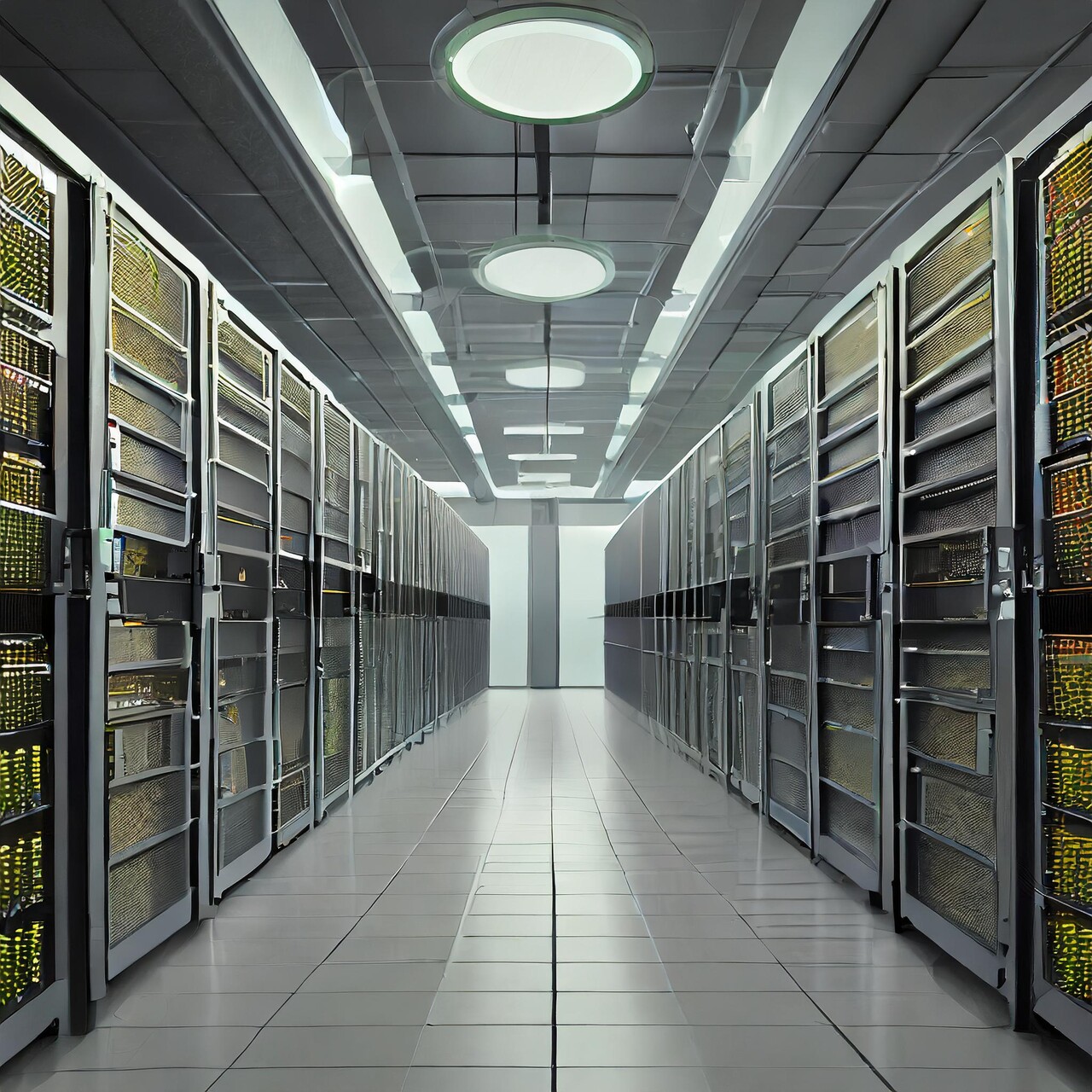In the world of computer graphics and visual effects, rendering is one of the most important and time-consuming processes. A render farm is a cluster of computers that work together to render a 3D scene or animation, splitting the workload among multiple machines to speed up the process. While render farms are a necessary part of the industry, they can be quite expensive. In this blog, we will discuss why render farms are so expensive, and whether upgrading your hardware is a better investment in the long run.
The first reason why render farms are expensive is the cost of hardware. A typical render farm consists of many high-end machines with powerful processors, a large amount of RAM, and high-end graphics cards. These components can be very expensive, especially if you need to purchase them in bulk to build a render farm. The cost of electricity to power and cool these machines is also a significant expense.
Another reason why render farms are expensive is the cost of software licenses. Many rendering software programs charge per machine or per core, meaning that the more machines or cores you use, the more expensive the license will be. In addition, many render farms use specialized software that is designed to manage the rendering process across multiple machines, which can also be expensive.
Render farms can significantly speed up the rendering process, which can be crucial when a project needs to be completed quickly. In addition, render farms allow artists to focus on their work without being slowed down by the time-consuming rendering process.
However, in the long run, upgrading your hardware is a more sound investment. While the initial cost of hardware upgrades may be high, it will ultimately pay off in the long run. Upgrading your hardware can significantly improve your workflow and allow you to work more efficiently. Faster processors and more RAM can make your entire computer faster, not just the rendering process. This can also lead to a better user experience, as you can work on your project without being slowed down by a slow computer.
One of the main benefits of investing in your own hardware is that you have complete control over your workflow and can tailor your setup to your specific needs. With your own hardware, you can choose the components that are most important to you and upgrade them as needed, rather than relying on a render farm's hardware that may not meet your exact specifications. This can help to improve your productivity and ensure that you are delivering high-quality work to your clients.
In conclusion, while render farms can be a useful tool for computer graphics and visual effects professionals who are working on short deadlines, relying on them can turn into an expensive money-losing habit. Upgrading your own hardware is a better long-term investment that can save you significant sums of money that you could otherwise invest in further upgrades to your own system. By investing in your own hardware, you can take control of your workflow, tailor your setup to your specific needs, and ensure that you are delivering high-quality work to your clients.

